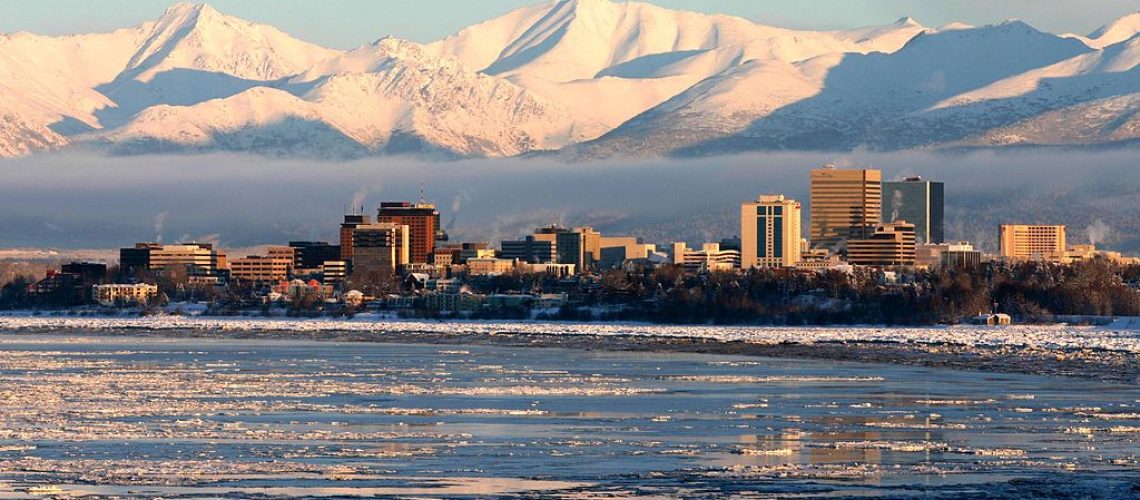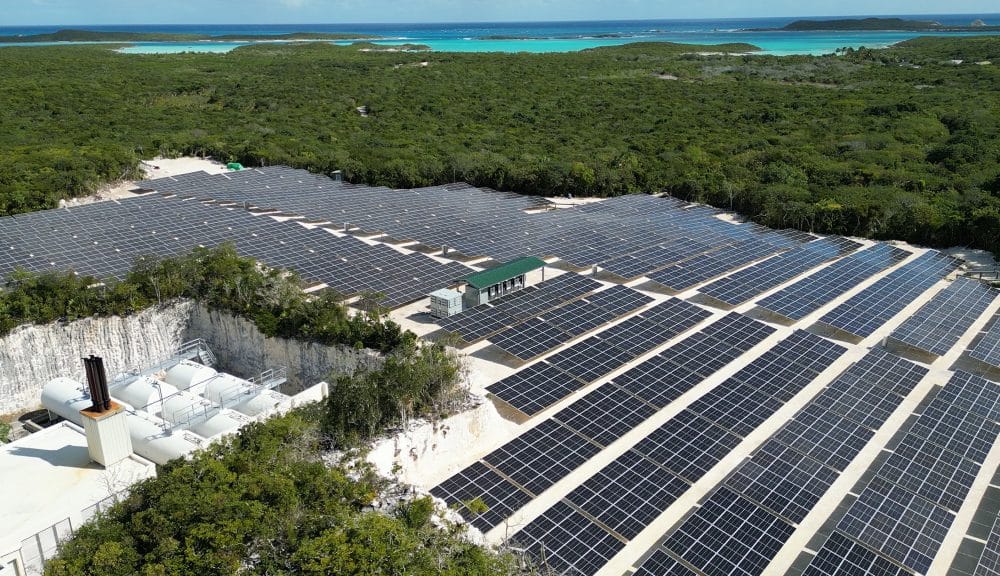A study conducted by researchers at Argonne and NREL found that renewable energy can lower the cost and emissions of electricity driven by the high cost of delivering diesel fuel to Alaska’s remote areas.
Alaska, the nation’s largest state by area, is warming faster than any other U.S. state, according to the U.S. Department of Agriculture. The state has unique energy needs due to its size, diverse landscape and remote, rural nature, and energy costs are high. In fact, Alaska has some of the highest electric rates (20.02 cents per kWh) per Energy Information Administration. A cost of living study by the Anchorage Economic Development Corporation revealed that utility costs in some cases are 33% higher than the national average.
Due to its size and rural nature, the state is not connected to large interstate energy grid like other states. Instead, Alaska has two larger transmission systems and more than 150 small, isolated systems serving remote communities.
Known for its oil reserves, Alaska relies on fossil fuel-based power. The state gets roughly 30% of its power from renewable energy, including wind, solar and water. While it has an insolation value close to that of Germany’s, Alaska has not embraced solar energy in a big way. With 18 MW of solar installed, according to the Solar Energy Industries Association (SEIA), the state is ranked 49 in terms of total deployment capacity. While one deterrent to relying on solar may be the lack of sun in the winter, particularly in northern areas, they also have an equal number of days of sunshine. To fully embrace renewables in Alaska, energy storage would have to play a key role.
Scientists are looking at ways of integrating zero-carbon energy sources into the electric grid on a larger scale and are seeking cost-effective ways to store that energy to provide constant power. At the U.S. Department of Energy’s (DOE) Argonne National Laboratory researchers studied the potential of pumped storage hydropower as an efficient way to store large amounts of energy and improve grid resiliency throughout Alaska.
Scientists at both labs collaborated on mapping and geospatial analysis to identify locations for pumped storage hydropower. According to the findings in the report The Prospects for Pumped Storage Hydropower in Alaska, about 1,800 sites in Alaska are suitable for the development of closed-loop pumped storage hydropower projects and many more are suitable for open loop pumped storage hydropower projects.
In contrast to conventional hydroelectric power, the way pumped storage hydropower works is it generates electricity when water is released from an upper reservoir through turbines into a lower reservoir. At night, when electricity is cheaper and abundant, the turbines are reversed to pump water back up into the elevated upper reservoir. Power is stored and released when needed.
“In Alaska, pumped storage hydropower has the potential to integrate more wind and solar into the power grid by storing excess renewable energy to balance intermittent periods of weather,” said Vladimir Koritarov, director of the Center for Energy, Environmental and Economic Systems Analysis (CEEESA) in Argonne’s Energy Systems and Infrastructure Analysis division. “We are not assuming that projects will be developed on all 1,800 sites, but there are plenty of locations available for potential development.”
The study focused on the pumped storage hydropower potential in Alaska’s integrated Railbelt system, which is an interconnected power grid made up of five regulated public utilities that runs from Fairbanks through Anchorage to the Kenai Peninsula. Currently about 80% of the Railbelt’s electricity comes from natural gas.
Argonne scientists created detailed models using A-LEAF (Argonne Low-Carbon Electricity Analysis Framework), an integrated national-scale simulation framework for power system operations and planning. They studied past and present energy transmission trends and analyzed growth expected in electricity demand over the next 25 years. A-LEAF also considered retiring existing generators as they reach their economic lifetime.
The findings showed that the Railbelt system will need both long- and short-duration energy storage, as pumped storage hydropower provides roughly 10 or more hours of energy storage. Lithium-ion batteries were identified as feasible for the short-term (four-hour) energy storage solution.
In addition to looking at the Railbelt area, scientists from the National Renewable Energy Lab (NREL) looked at the feasibility of powering remote areas with small microgrids in rural communities with at least 250 or more residents. The scientists used the HOMER (Hybrid Optimization Model for Electric Renewables) model. The team identified 18 remote communities with potential for smaller pumped storage projects, although they found that pumped storage hydropower may not be economically feasible for remote areas due to the high investment cost of small-size pumped storage projects. They found that lithium-ion battery storage may be more economically beneficial in rural areas seeking to lower electricity costs, although this approach does not provide for long-term storage.
“In addition to identifying remote communities with optimal pumped storage hydropower resources and characteristics, the study included a sensitivity analysis of pumped storage hydropower capital costs and the price of diesel fuel,” said Rebecca Meadows, an NREL senior engineer. “The goal was to determine at what point distributed scale-pumped storage hydropower projects could become economically viable.”
Meadows noted that in larger remote communities where diesel costs are high, the study found that pumped storage hydropower could be a cost-effective option depending on whether the site is conducive to renewable energy resources.
In addition to validating that pumped storage hydropower is a viable technology for use in Alaskan communities, the study offers guidance on developing clean energy policies and regulations and making investment decisions. As in the days of the Alaskan pipeline project, today’s pumped hydro projects can also pump dollars into the Alaskan economy. Developers are already inquiring about potential pumped storage hydropower developments in the state, Koritarov said.
For more on solar in Alaska read 50 states of solar incentives: Alaska.




